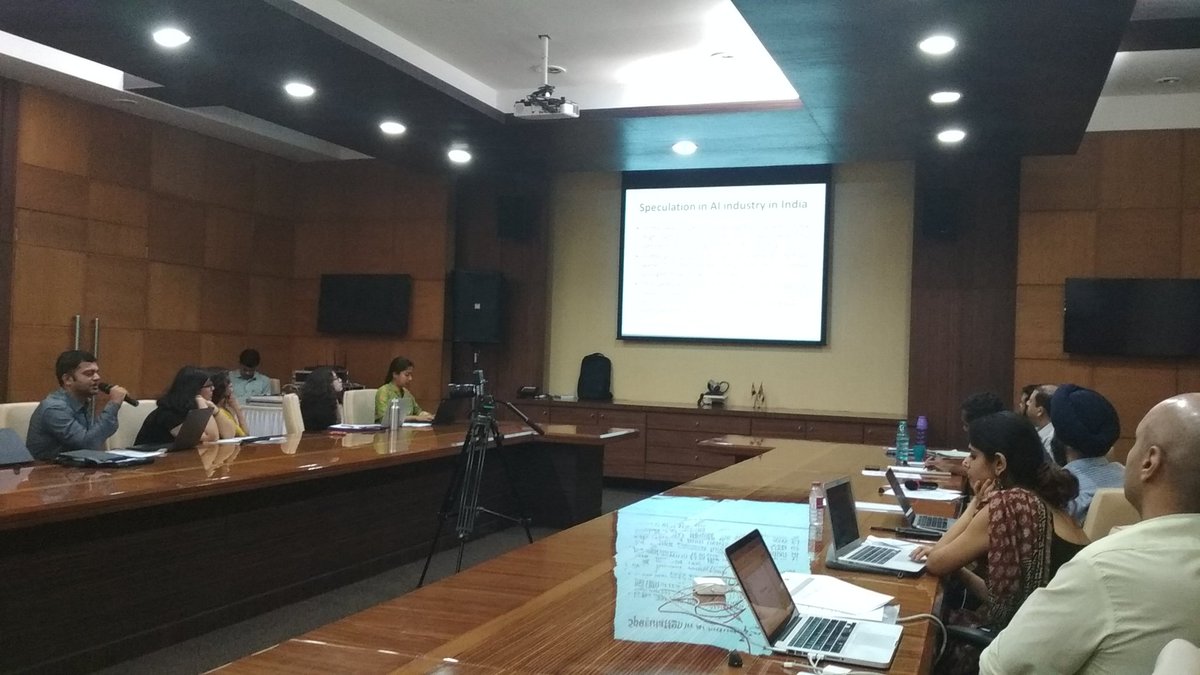This model works out quite well empirically.
The problem is, how to map this formally.
Which assumption do we need to relax in order to better understand a non-Euclidean choice space? Turns out, there's three.
This works if you ignore what happened in Silicon Valley over the last 25 years.
We can think of three revolutions: Marginalist from objective value to subjective utility, Knight/Bayesian from objective risk to subjective belief, which is still ongoing.
So any young researcher with "ML" and "behavioral" in their profile should head off in that direction, bc that's where future Nobels lie.






